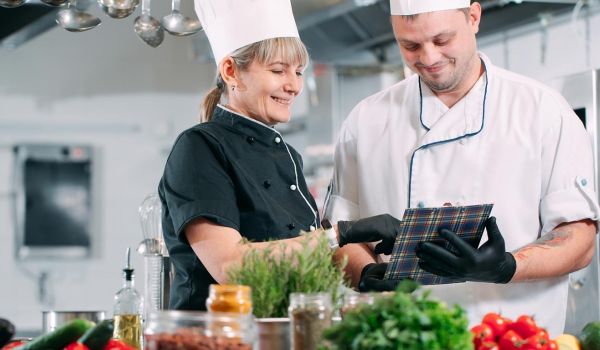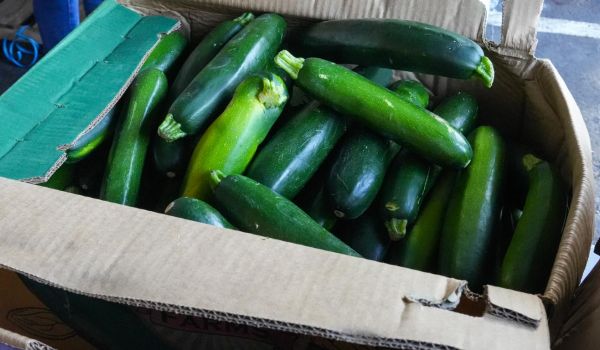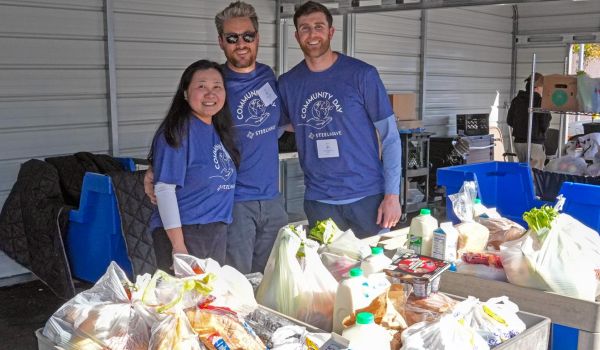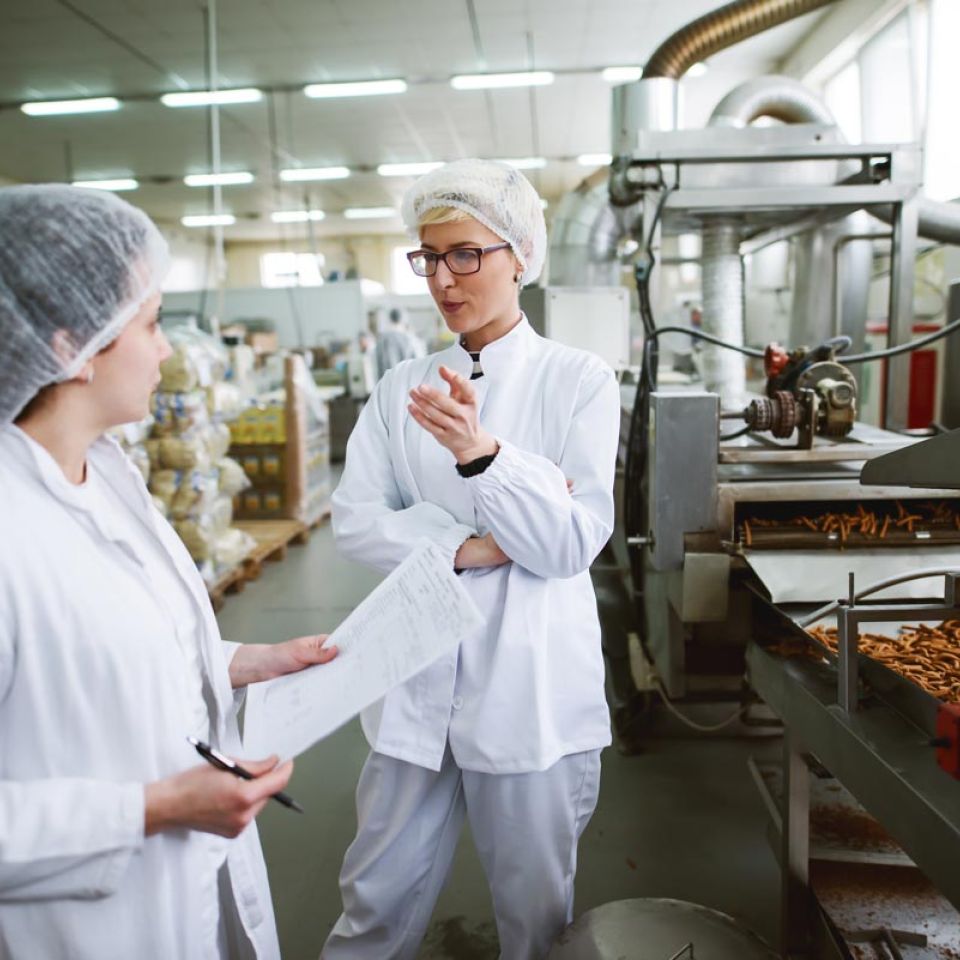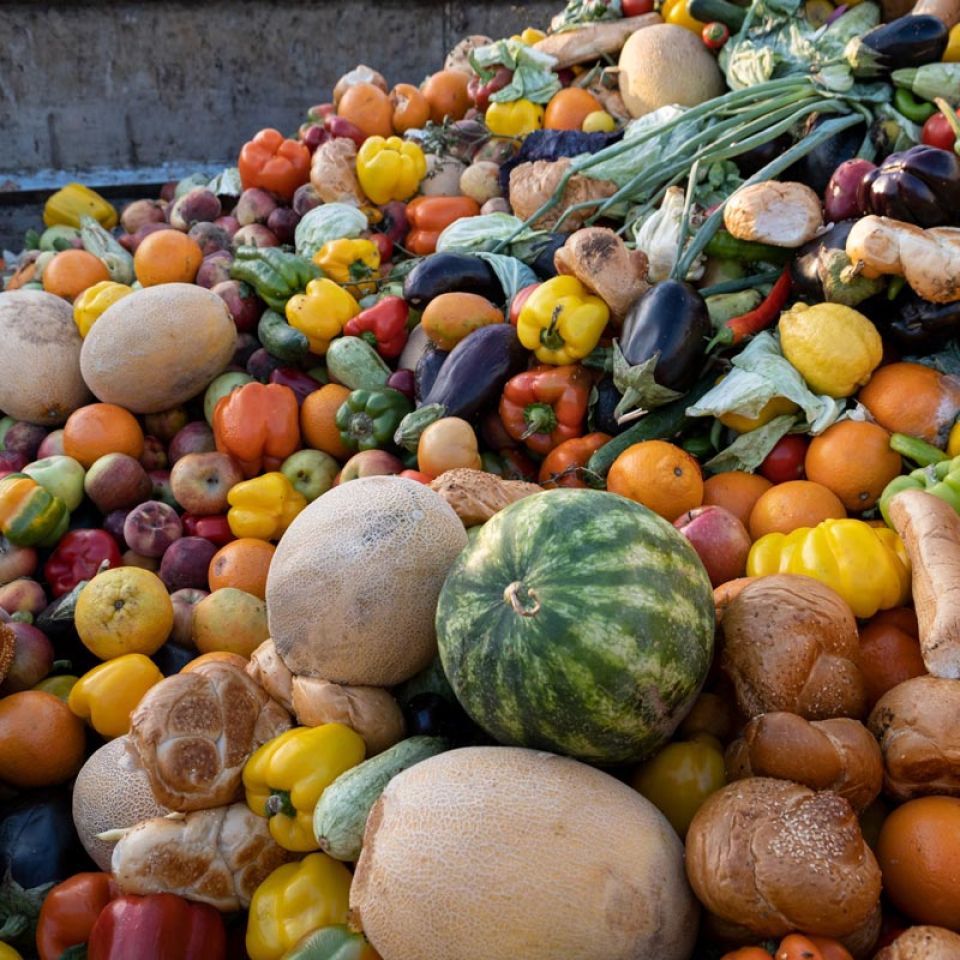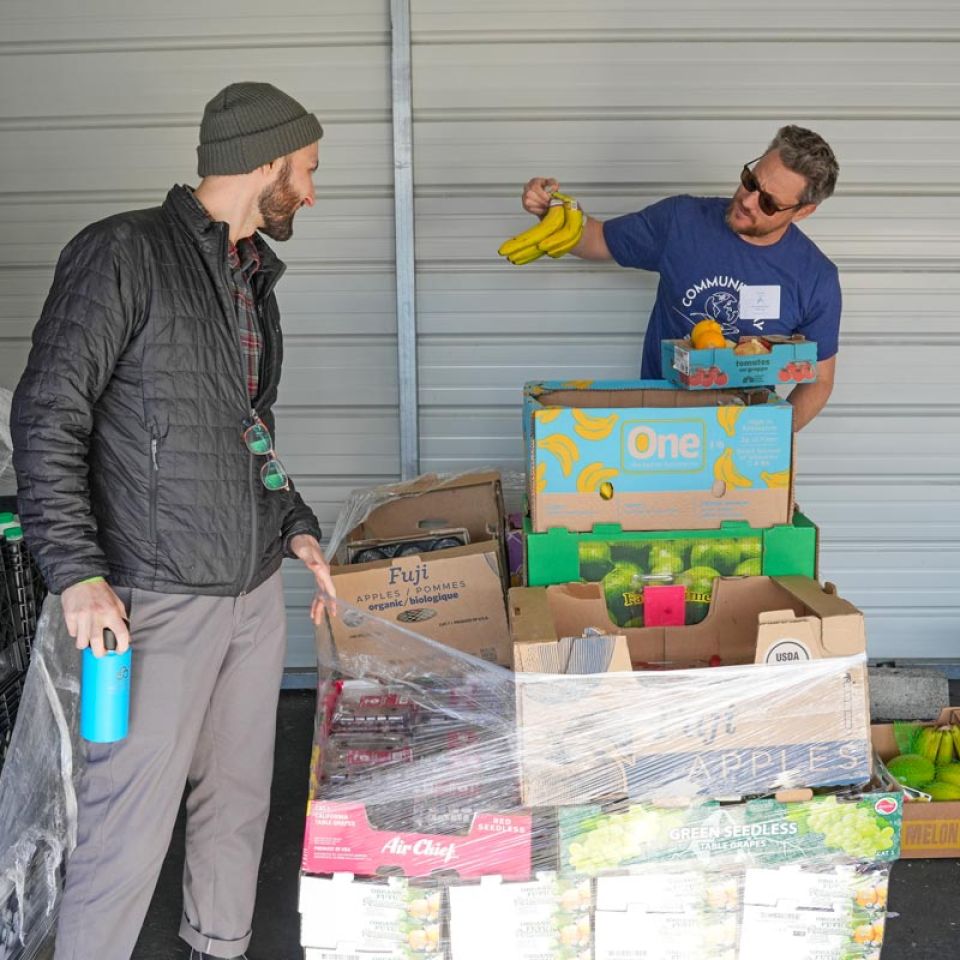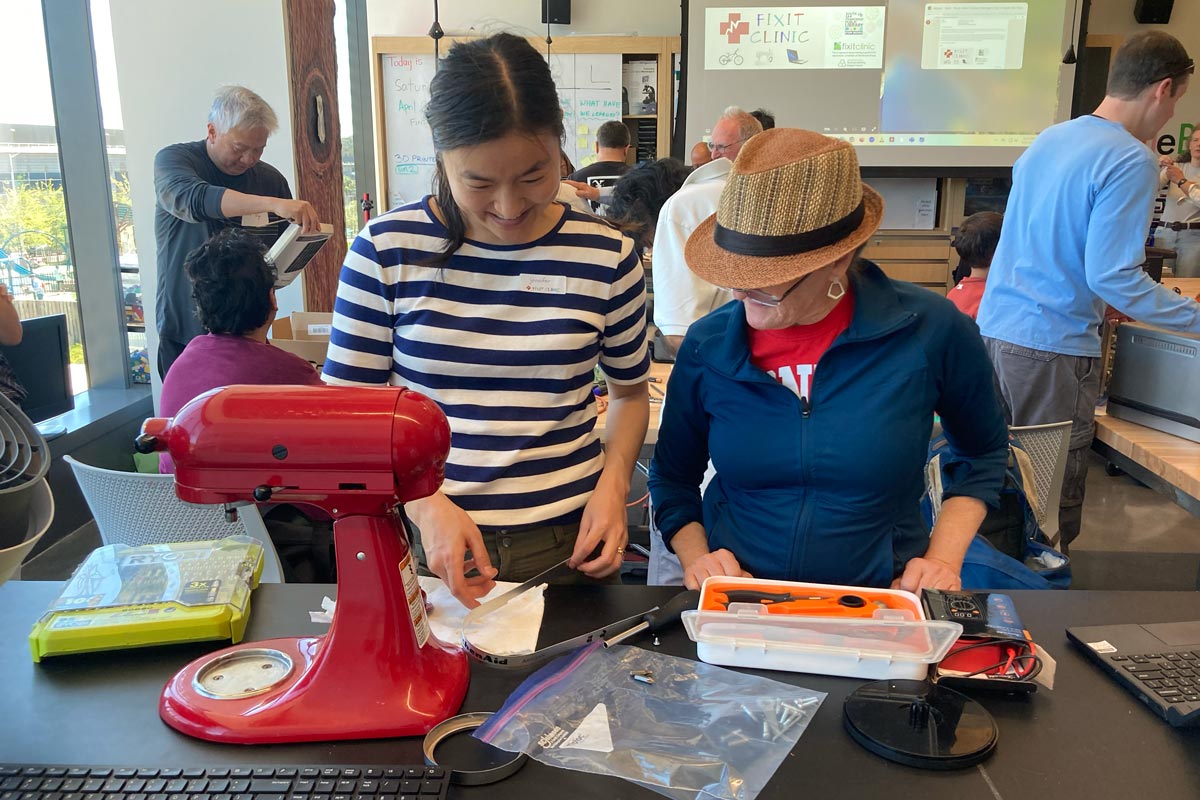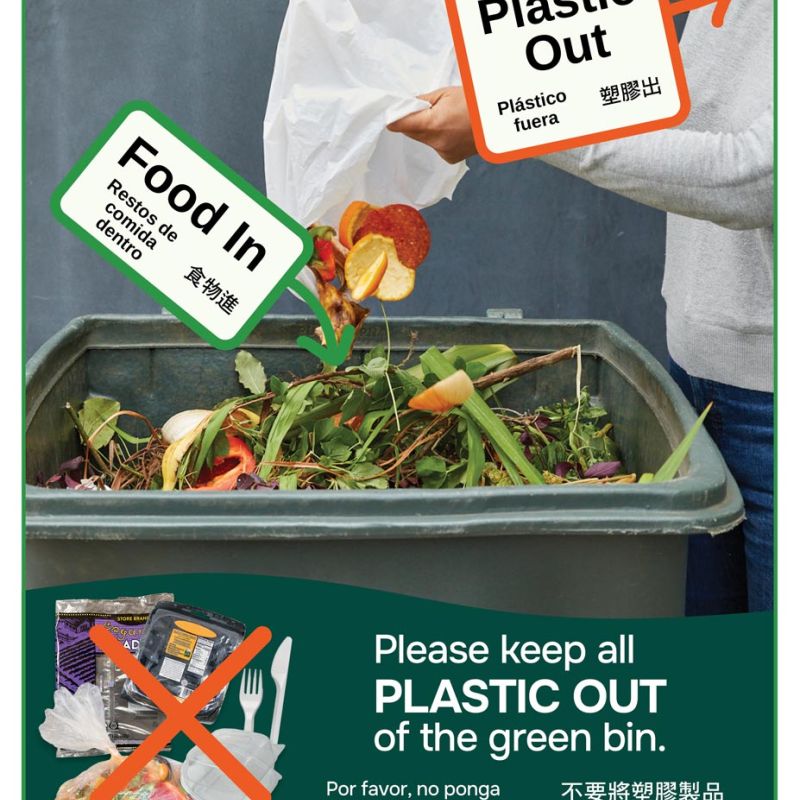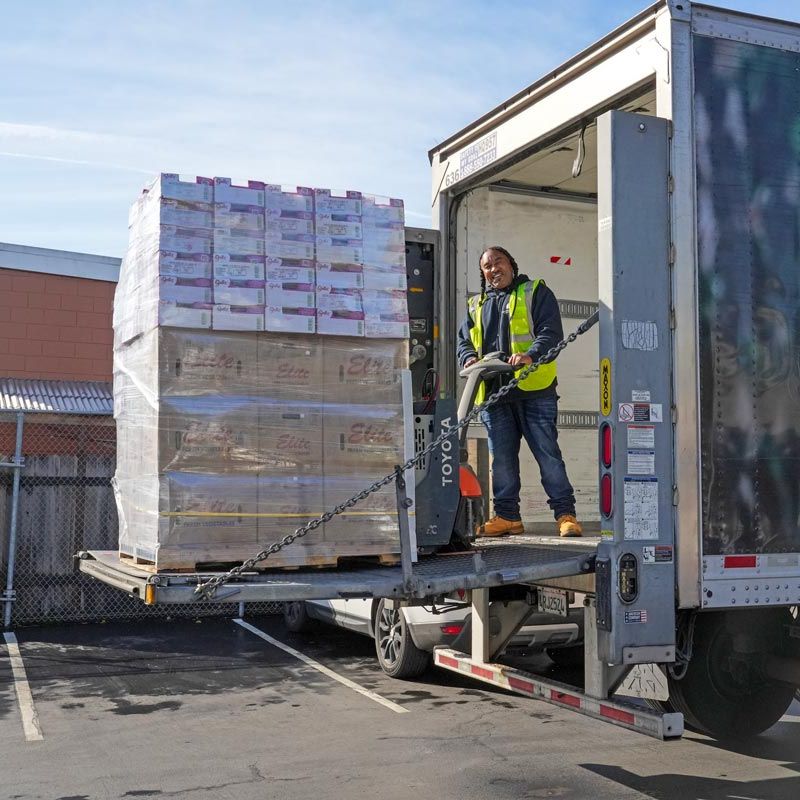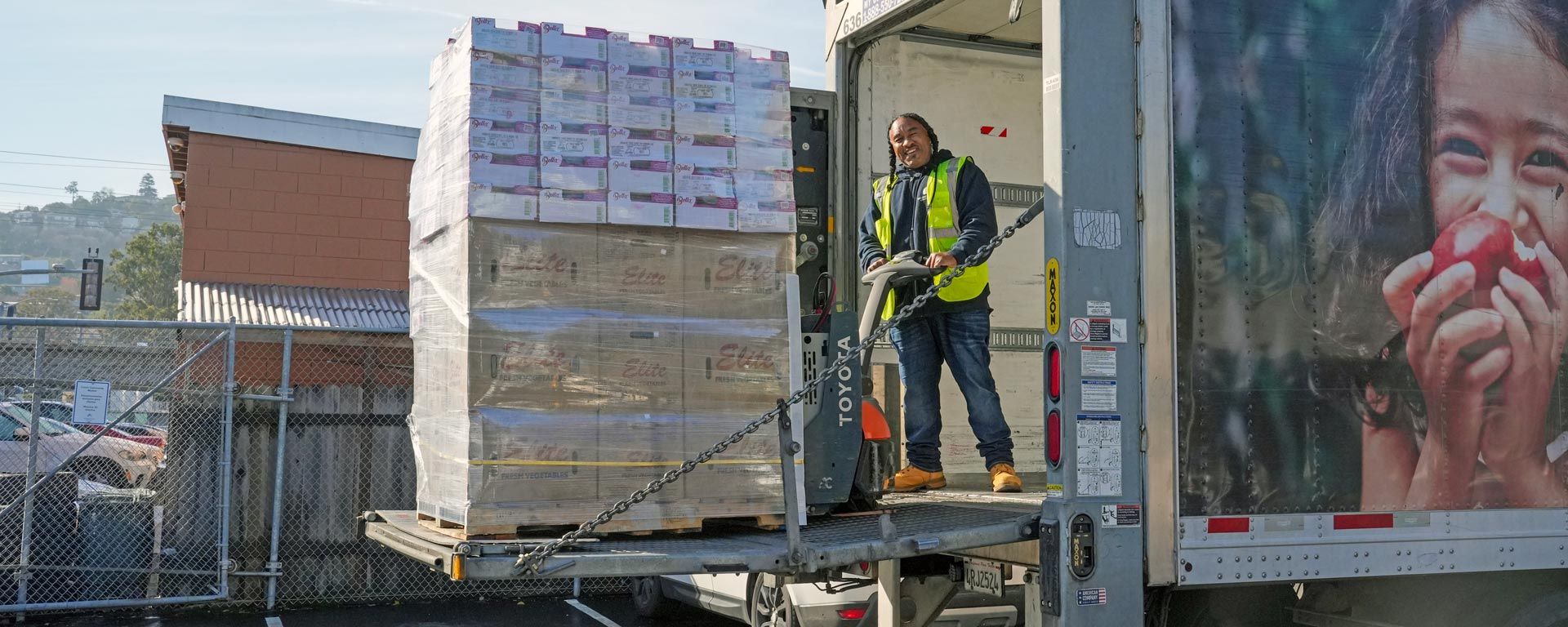
Edible Food Recovery
There are specific edible food recovery requirements for commercial edible food generators and food recovery organizations/services. Please use the navigation tabs above to find the page that is most relevant to your business or organization.
Questions about SB 1383’s edible food recovery requirements should be sent to the Sustainability Department at ediblefoodrecovery@smcgov.org.
Edible Food Recovery Resources
Edible Food Recovery Program Assistance
In partnership with the Sustainability Department, the County’s Environmental Health Services Department offers a program to help businesses and organizations comply with the SB 1383 edible food recovery requirements, including support with setting up food recovery contracts and educating staff on safe food donation handling, with free hands-on technical assistance. Learn more by visiting the Environmental Health Edible Food Recovery Program Assistance webpage.
What is SB 1383?
California is experiencing extreme weather events, caused by climate change, such as record-breaking temperatures, longer fire seasons, droughts, and rising sea levels. When compostable materials such as food, plant matter, and paper products break down in a landfill, they produce methane—one of the most potent greenhouse gases in Earth’s atmosphere. The State of California adopted SB 1383 in 2016 as a strategy to combat the climate crisis by diverting organic materials from the landfill. Learn more about how the County is implementing SB 1383 locally.
Volunteer with a Food Recovery Organizations!
Organizations across the county are working hard every day to recover unsold surplus edible food from businesses for distribution to members of our community who may be facing food insecurity. These organizations welcome support from volunteers looking to help pick up and deliver food donations, prepare grocery boxes, and support food distribution events.

